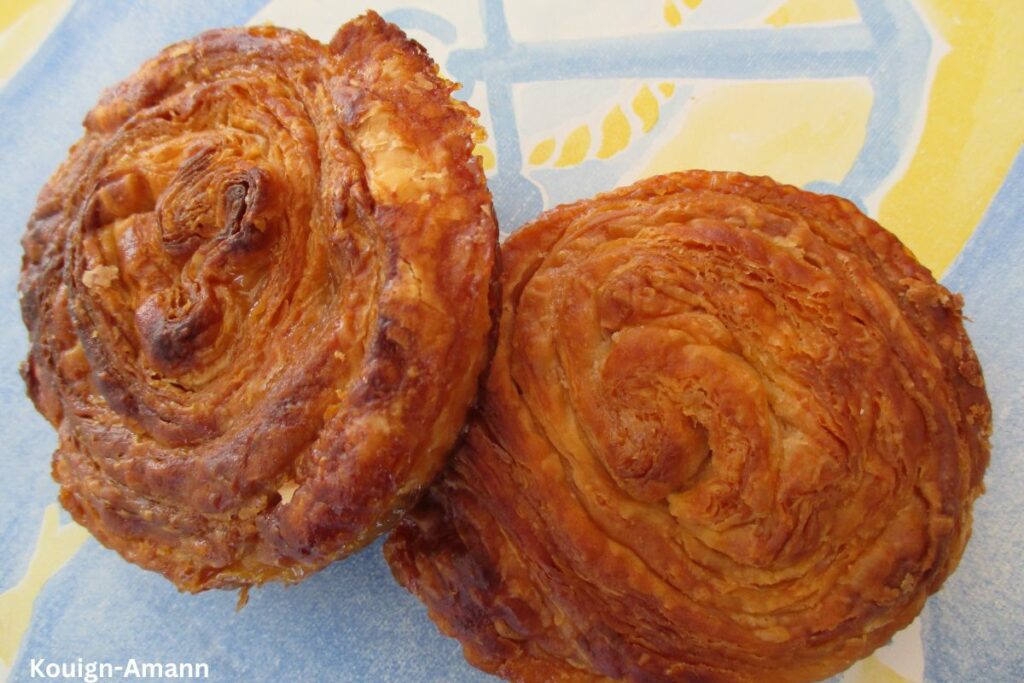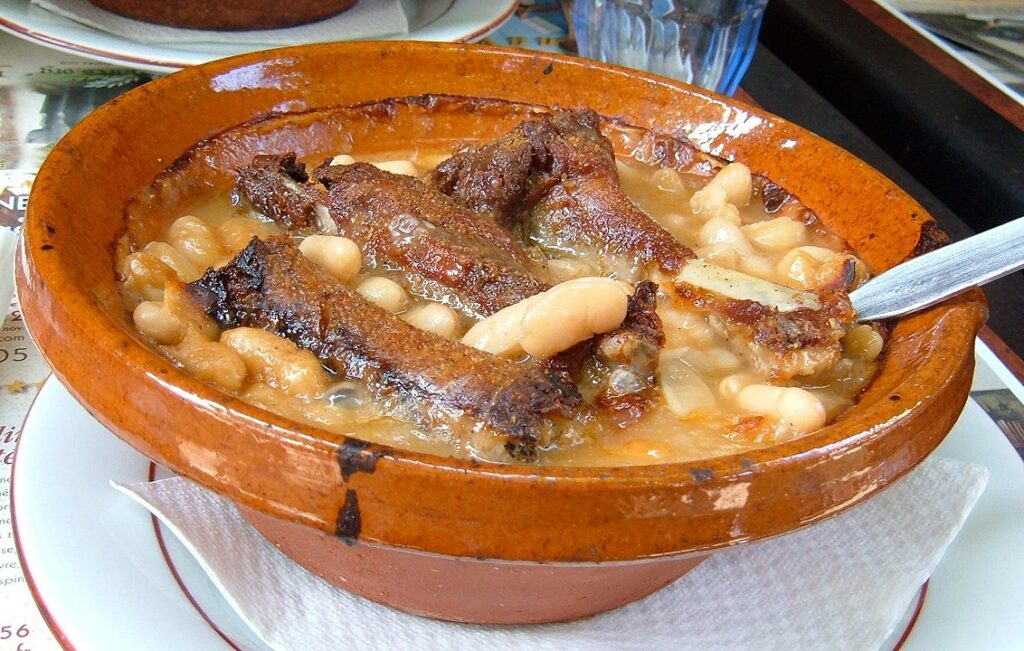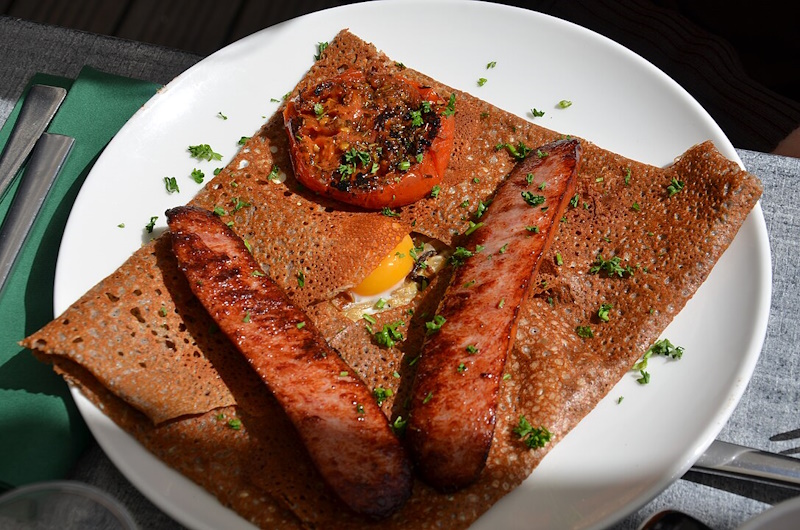The French Region Tourists Love Most for Its Food
A new IFOP study for Airbnb confirms what most French travelers already feel in their gut: food is one of the biggest reasons to choose a destination. Three out of four say they take gastronomy into account when planning a holiday. For a nation that treats butter as a birthright, that number makes perfect sense.
Gastronomy is a Deciding Factor
French travelers don’t travel hungry. When they plan vacations, they weigh the scenery and the price, but also what’s on the table.
The study found that almost half of travelers look forward to tasting local specialties, while many others highlight small restaurants and markets as key parts of their trips.
The social-media effect is surprisingly low; barely one in ten say influencers or online reviews shape their choices. People still trust their taste buds more than hashtags.
Local food gives a trip its flavor, literally and figuratively. It explains why regions that have protected, recognizable dishes hold an edge.
The more distinct the cuisine, the more magnetic the destination becomes.
Brittany Comes First

Among the regions that make the French dream (and drool) the most according to the study, here are the top five:
1) Brittany
2) Occitanie
3) Auvergne-Rhône-Alpes
4) Nouvelle-Aquitaine
5) Grand Est
The study asked which regions feel most attractive for gastronomy, and Brittany topped the list. Eighteen percent of respondents placed it first.
That’s not just patriotism from the northwest, it’s recognition of a region that’s turned simple ingredients into national icons.
Salted butter runs through Breton cooking like a signature. You taste it in galettes made from buckwheat flour, folded around eggs, ham, and cheese.
You taste it in kouign-amann, the pastry that fuses butter and sugar into crisp layers that leave no room for guilt.
You even taste it in the air of a coastal crêperie where cider comes in small bowls and the sea breeze mixes with the smell of caramel.
With long coastlines and small fishing ports, seafood lands directly on the table. Oysters from Cancale, scallops from Erquy, and lobsters from the Gulf of Morbihan make menus both rustic and refined.
The Other Regions in the Running
If Brittany holds the crown, others aren’t far behind. Occitanie ranks second thanks to its hearty southern fare. Cassoulet from Castelnaudary, duck confit, and foie gras speak of slow cooking and deep flavors.
When that same region celebrates the Fête du Cassoulet, Airbnb bookings reportedly jump by more than 50% – food festivals are economic engines too.
In third place, Auvergne-Rhône-Alpes draws travelers who love mountain food. Cheese defines the area: raclette, aligot, and truffade are winter staples.
Then comes Nouvelle-Aquitaine, where duck, oysters, and Bordeaux wines give the southwest a polished yet approachable reputation.
Grand Est closes the top five with choucroute, flammekueche, and champagne.
Each of these regions holds a strong food identity. None try to imitate Paris. They rely on tradition, regional produce, and recipes that have survived without marketing departments.
What Tourists Actually Crave

The IFOP study also asked which dishes travelers most wanted to eat on vacation. The answers read like a national comfort-food index: cassoulet, choucroute, bouillabaisse, aligot, and galette bretonne. It’s all generous, filling, and unapologetically rich.
About a quarter of respondents also mentioned pastries and desserts as their favorite indulgence, while another group cited seafood. Health food barely entered the discussion.
This appetite for indulgence explains a lot about how French people travel inside their own country. They’re not chasing the latest concept restaurant. They want things that taste real, that feel connected to a place.
Eating becomes a way of traveling without leaving the table.
Travel Like the French
You can use these insights to shape a better trip. Instead of planning around museums or beaches, plan around flavors.
Choose regions where the local dish is part of the landscape, not an afterthought. Visit the markets, talk to the vendors, and see what fills their baskets.
In Brittany, it might be seaweed butter or apple cider vinegar. In Auvergne, you’ll find cheeses stacked like wheels of gold. In Occitanie, the smell of duck fat will follow you through the alleys.
The best meals often come from small places that don’t look like anything special. That’s where travelers and locals cross paths naturally.
Brittany Still Wins Hearts
Beyond the food, Brittany connects pleasure with place. Its coastline shifts from rugged cliffs to quiet bays. Towns like Quimper, Dinan, and Vannes all have market days that turn into weekly rituals.
You’ll see locals queuing for galettes, children holding paper cones of caramel au beurre salé, and visitors realizing they don’t need to go far to eat well.
The region’s food mirrors its landscape: honest, rich, shaped by salt and weather. That consistency is what travelers remember.
To Conclude
The IFOP study highlights that gastronomy drives about one-fifth of domestic tourism spending in France. When people travel for food, they support farms, bakeries, fisheries, and family restaurants. They keep traditions alive and turn regional pride into economic power.
Étude réalisée par l’IFOP – Les Français et le tourisme gastronomique – Réalisée en août 2025. Échantillon de 1000 personnes.

